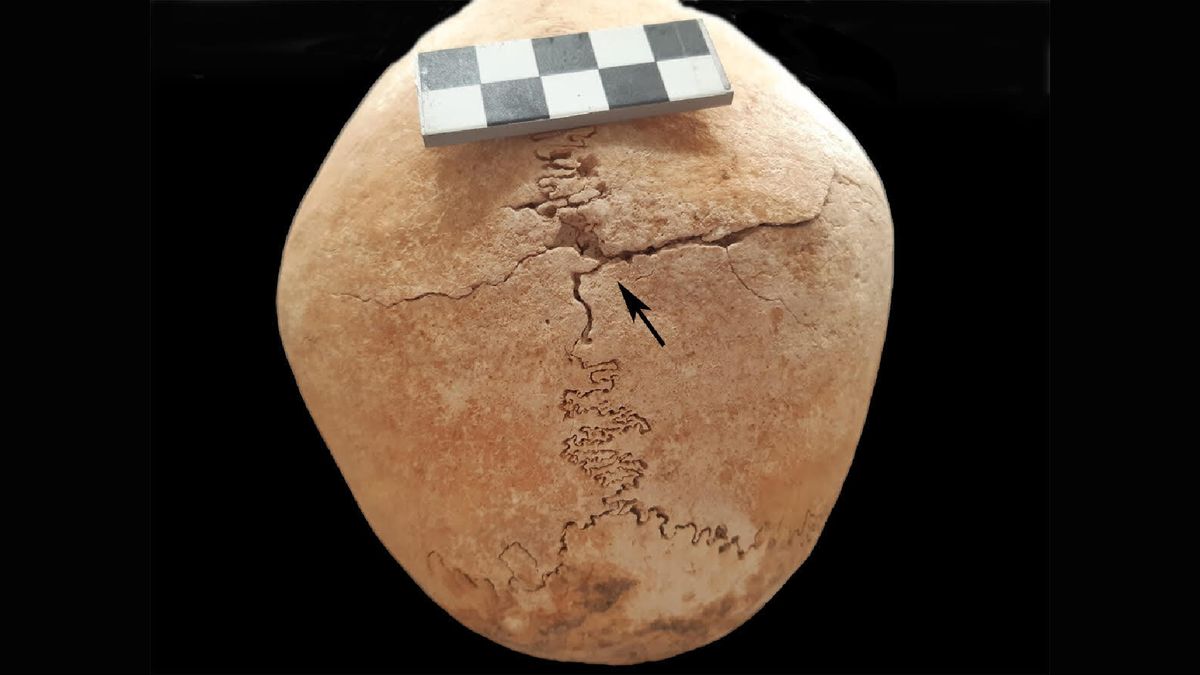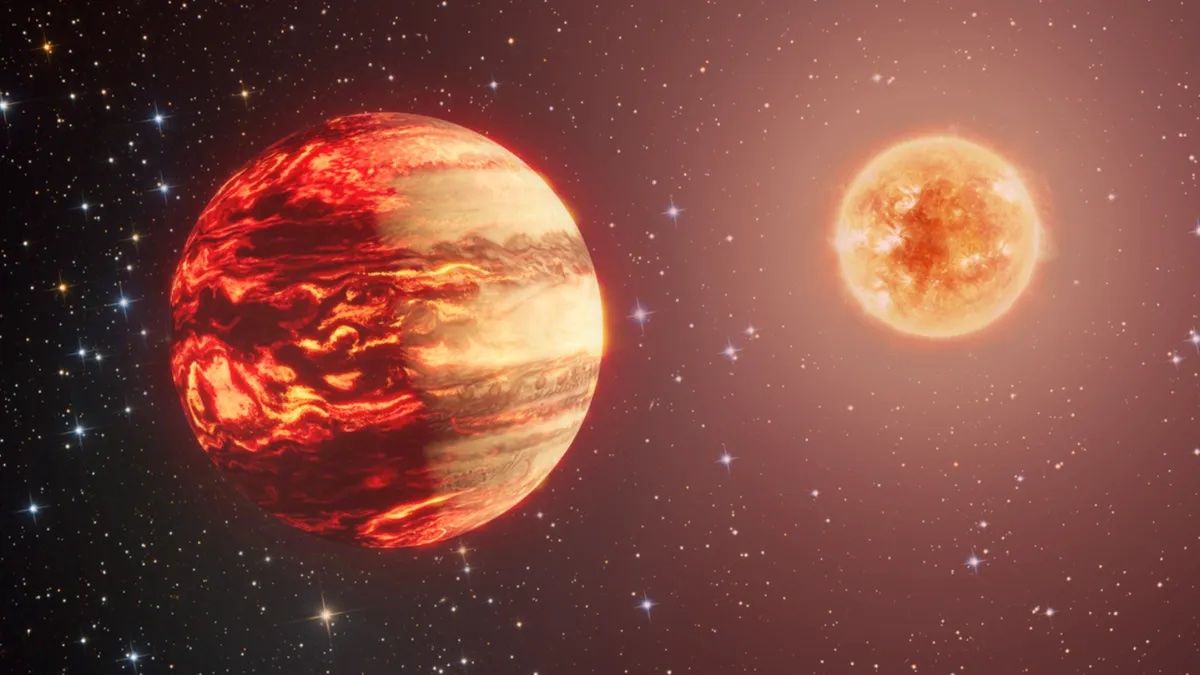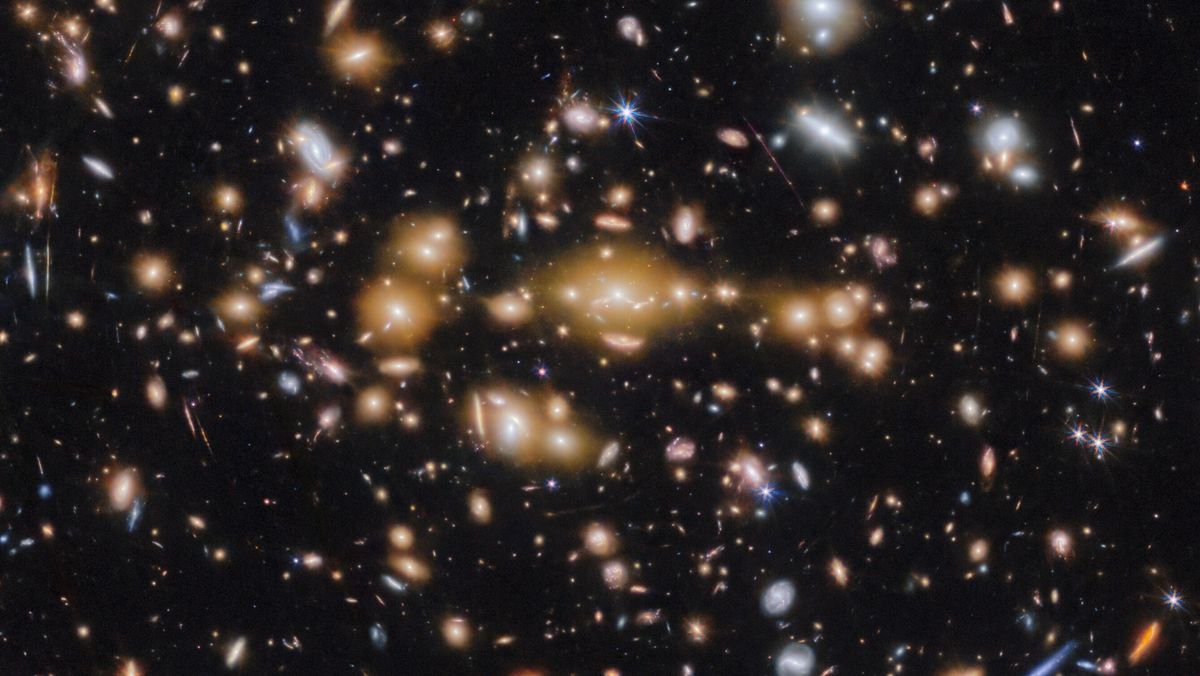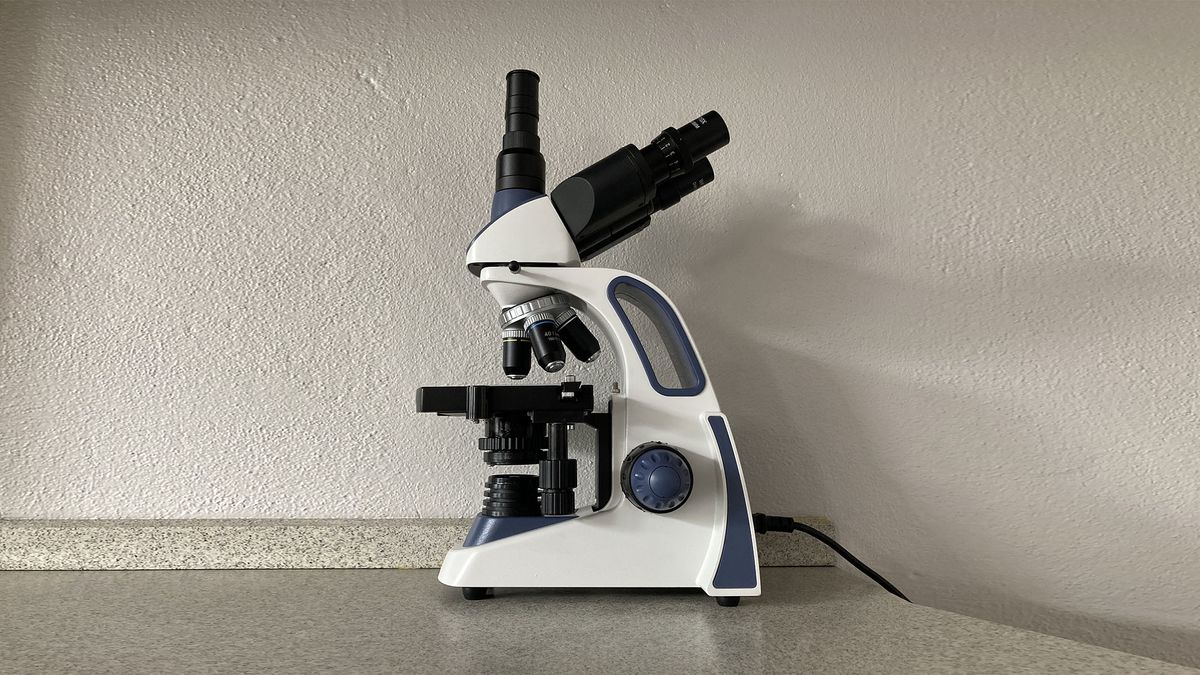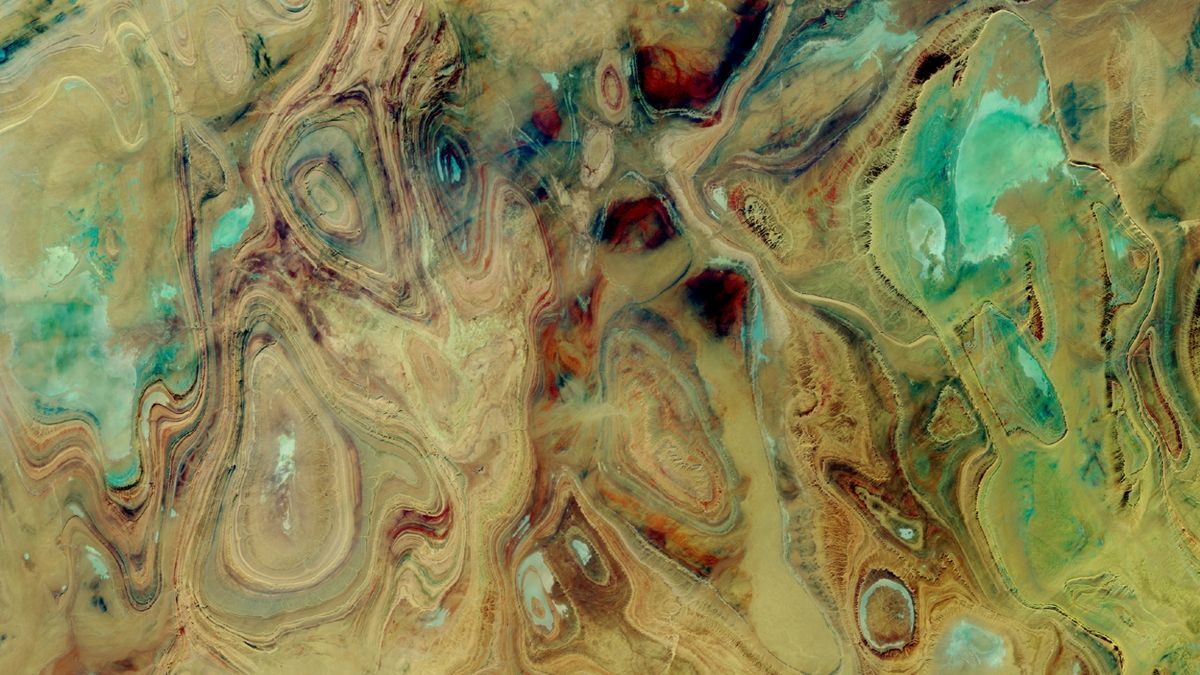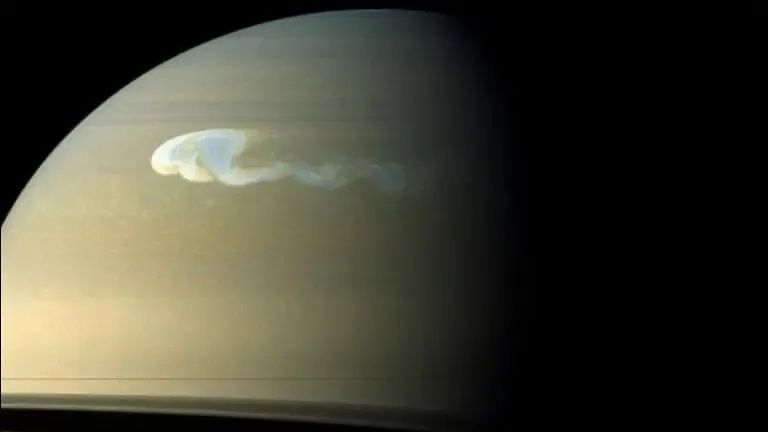Once every 24 hours, Earth completes one rotation on its axis, marking one day on our planet. This reliable rotational period is what allowed humans to develop systems to tell time and what signals to humans, animals and plants when it is time to rest.
But Earth’s rotation hasn’t always been so consistent. In fact, a long, long time ago, Earth’s day was much shorter, said Sarah Millholland, an assistant professor of physics at MIT.
“The Earth has experienced days that were both shorter and longer than it is now at different points in history,” Millholland told Live Science in an email. “Most importantly, it was affected by tidal interactions with the moon. About a billion years ago, the length of day was only about 19 hours.”
Early in the planet’s history, Earth’s rotation may have even been shorter than 10 hours, Konstantin Batygin, a professor of planetary science at Caltech, told Live Science in an email. This speedy rotation was the result of a huge, moon-forming impact with a Mars-size protoplanet that accelerated Earth’s angular momentum while breaking off enough of the planet’s surface to form the moon. The moon’s tidal effects eventually worked on the Earth to slow it back down, Batygin said.
Earth’s day has even been longer than 24 hours, Millholland said, although only by a few milliseconds as a result of subtle changes to the planet’s molten core, oceans or atmosphere.
Related: Which way does Earth spin? What about the other planets?
Earth’s rotation is actually evidence of its planetary origin story, Millholland said. How quickly a planet rotates is determined by how it was formed when dust, rocks and gas that circled the sun in a protoplanetary disk came together in space. Exactly how forcefully these pieces collide helps determine a planetary body’s angular momentum, or how quickly it spins. You can think about it like spinning a bottle: the more force you apply, the quicker the bottle will rotate.
If Earth had formed closer to the sun, our planet’s rotation would look very different, she said. In this case, Earth might have become tidally locked to the sun, similar to how the moon is tidally locked to Earth, Millholland said.
If Earth were closer to the sun, it would experience stronger tidal interactions from the sun that would make the rotation period the same as the orbital period, meaning that a day could last a year, she explained. “Many exoplanets are thought to be tidally locked because they are very close to their host stars,” Millholland said. “These planets have a permanent dayside and nightside because only one side of the planet is facing the star at all times.”
Earth’s day is still changing
While the length of Earth’s day might seem consistent to us, Batygin and Millholland said it’s actually still changing. In particular, it’s lengthening, albeit very slowly — about 1.7 milliseconds every century.
“The change in Earth’s spin rate is happening gradually enough that evolutionary processes can adapt to the changes over time,” Batygin said. “The relative change in orbital speed would not be noticeable in daily life.”
Several factors are contributing to Earth’s slowing rotation. The primary culprit is our planet’s relationship with the moon, Batygin said. Tidal forces from the moon — the same kind that tug on ocean shorelines — are creating a friction effect as the moon slowly distances itself from Earth over time. Indeed, that process will be extremely slow — it could take 200 million years for Earth’s day to reach 25 hours.
In the meantime, other planetary and astronomical events could affect the length of Earth’s day, Millholland said. For example, more commonplace events such as earthquakes could also have “other smaller effects on its rotation.”
Unexpected collisions with asteroids could also change the length of the day — for example, by applying torque in the direction of Earth’s rotation to make it spin faster, Millholland said. For instance, the magnitude 8.9 earthquake that struck Japan on March 11, 2011 accelerated Earth’s spin, which shortened the length of the 24-hour day by 1.8 microseconds.
Human-made disasters are another possible factor.
“Climate change could also play a role due to redistribution of Earth’s mass due to glacial melting, sea level changes, and tectonic activity,’ Millholland said. “As the polar ice caps melt, the rotation is slowing down.”






